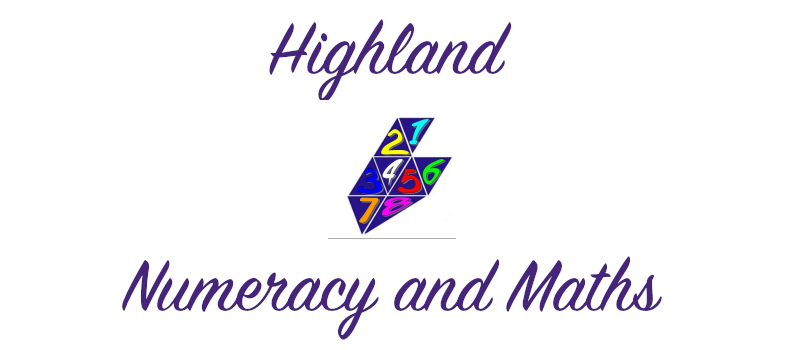3.4.2 Deciding on a stage - Specific guidance: First Level
The following information gives guidance around deciding which of the First level stages to place a child at. This is not always easy to decide so it is important to bear in mind that the main value from these assessments comes from being able to identify pupils' strengths, gaps and misconceptions and therefore, more easily, plan next steps. While it is helpful to place the child at the most accurate level, this is not a summative assessment and should not be used as such.
First *
- If a pupil is placed at First * they will have solved at least one of the tasks using counting on and/or counting back strategies.
- They will not yet be showing evidence of part-whole thinking.
- Pupils may use less efficient strategies for some questions.
Before moving on to further work at First **, ensure your pupils have had appropriate experiences and have a good understanding of all of the following areas (not just counting on):
- Counting on (e.g. solving 15 + 6 as 15... 16, 17, 18, 19, 20, 21)
- Counting back/counting down from (e.g. solving 21 - 6 as 21... 20, 19, 18, 17, 16, 15)
- Counting back/counting down to (e.g. solving 21 - 15 as 21... 20, 19, 18, 17, 16, 15). Here pupils understand subtraction as difference as well as the removal of items and realise that they can solve the problem by counting down to 15 rather than counting back all 15. A pupil using a less efficient count back strategy (counting down from) would solve this task as: 21... 20, 19, 18, 17, 16, 15, 14, 13, 12, 11, 10, 9, 8, 7, 6
- Missing addend problems (e.g. 15 + ? = 21 AND ? + 15 = 21)
- Missing subtrahend problems (e.g. 21 - ? = 15). This can be useful to help pupils develop the counting down to strategy described above.
- Missing minuend problems (e.g. ? - 15 = 6).
Also ensure pupils have a complete understanding of the equals sign (=). Pupils who are unable to easily solve problems such as 7 = 4 + 3 where the equals sign is on the left hand side or missing number problems may often be found to have gaps in their understanding about the meaning of equals.
First **
There is a big shift in thinking between pupils using counting strategies to solve problems (Early Level up to First *) and pupils using part-whole strategies (First ** and beyond).
- If a pupil is placed at First ** they will have solved at least one of the tasks using part-whole strategies.
- Pupils may use less efficient strategies for some questions.
- If they are at the early stages of First ** then they may only be able to solve single digit problems with part-whole strategies.
- As they progress, they may be able to solve 2-digit problems but problems that generally don't involve regrouping and pupils may tend to count on/back in tens rather than adding/subtracting multiples of ten.
First ***
- If a pupil is at First ***, they will be able to solve single digit and smaller 2-digit problems.
- They may be able to solve 2-digit problems that do not involve regrouping but will add/subtract multiples of ten more efficiently than counting in tens.
- They may be able to solve more complex 2-digit calculations involving regrouping.
- They may be able to solve calculations involving numbers up to 1000.
- They may have a limited range of strategies.
Activity:
The supplementary videos 2.1, 4.2 and 6.1 could be viewed to get a better understanding of pupils working at these levels. (See section 4.1 - Supplementary Training Videos to access these).
Video 6.1 in particular is a useful video to watch particularly when having difficulty making a decision between First **, First *** and Second *.
